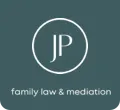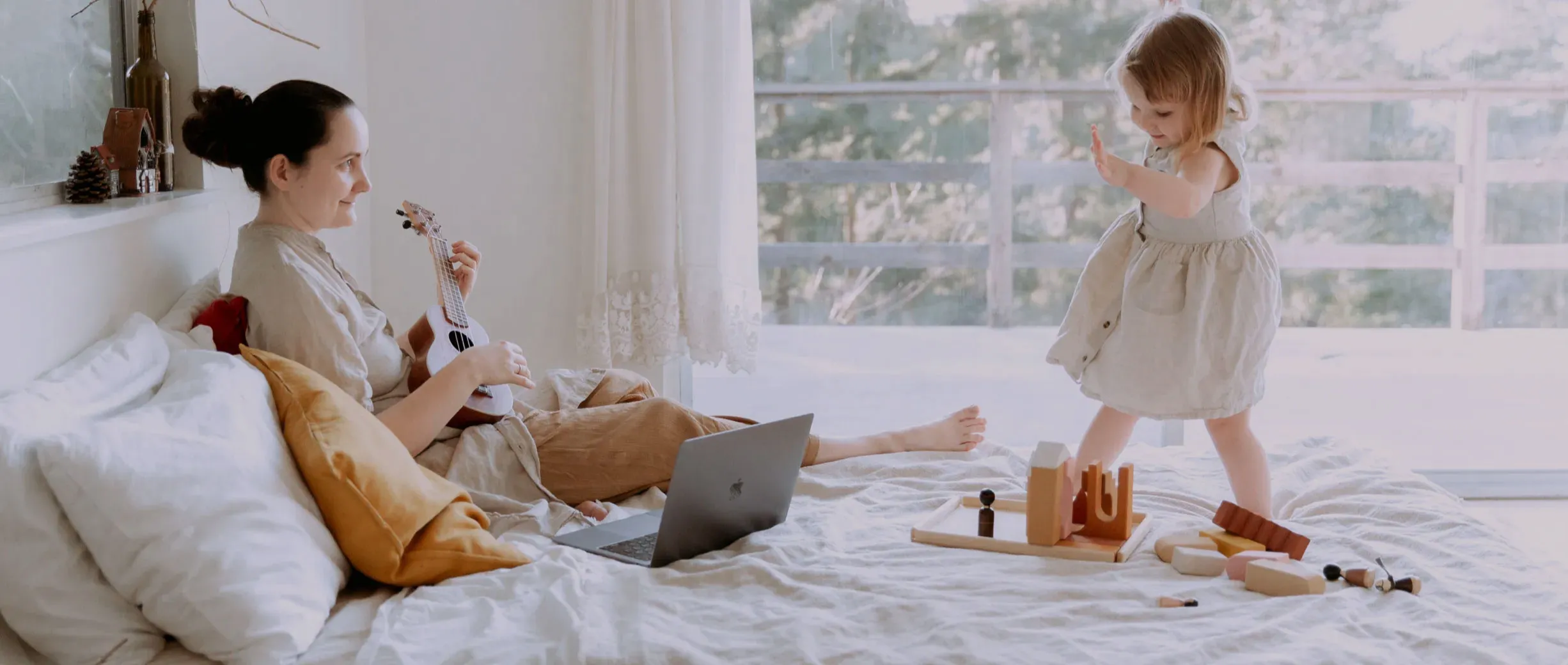Coercive control is a pattern of behaviour used to dominate, isolate, or scare someone in a relationship. It doesn’t always involve physical violence, which makes it harder to recognise, but the emotional impact can be just as serious.
You might feel like you’re constantly trying to avoid conflict, losing your independence, or questioning your own judgment.
At JP Family Law & Mediation, we help people recognise these behaviours and take safe, practical steps forward. This article explains what coercive control is, how it affects relationships, and what support is available.
What is Coercive Control?
Coercive control is a pattern of behaviour used to take away a person’s freedom and independence. It often includes emotional abuse, threats, isolation, or control over money, communication, and everyday decisions. These behaviours aren’t about anger or arguments, they’re about maintaining power.
What makes coercive control so harmful is that it builds up slowly and often without physical violence. The abuse may be hidden behind rules, expectations, or “concern,” but over time, it leaves the other person feeling anxious, trapped, and unsure of themselves.
People in coercively controlling relationships often feel like they’re constantly being monitored or criticised. They may stop seeing friends, avoid speaking up, or feel guilty for small things, without fully understanding why.
In some cases, control extends through technology. This can involve checking phones, tracking locations, limiting access to money, or demanding constant updates. These behaviours keep the person under pressure even when they’re alone.
Coercive control can affect anyone in any relationship. It’s now recognised in Australia and in Queensland law as a serious form of domestic and family violence.
Is Coercive Control Illegal in Queensland?
Yes. From 26 May 2025, coercive control is a criminal offence in Queensland under the Criminal Law (Coercive Control and Affirmative Consent) and Other Legislation Amendment Act 2024, also known as Hannah’s Law.
The law was introduced following the deaths of Hannah Clarke and her children, bringing national attention to the dangers of non-physical abuse. It marks a significant shift in how domestic and family violence is recognised, moving beyond one-off incidents to focus on patterns of controlling behaviour.
Coercive control is now treated as a serious offence that can result in up to 14 years in prison.
What the law covers
To be considered a criminal offence, coercive control must meet specific legal thresholds:
- The conduct must form a course of behaviour, not just a one-off incident
- It must occur in a domestic relationship, such as between spouses, former partners, or family members
- The behaviour must be intentional and aimed at coercing or controlling the other person
- It must be reasonably likely to cause harm, including emotional distress, psychological harm, financial harm, or physical risk
- Only conduct that occurs on or after 26 May 2025 can be prosecuted under the new law; however, earlier behaviour may still be considered as part of a broader pattern
This offence may apply to behaviours such as restricting access to money, isolating someone from family or friends, tracking their location, or controlling their use of transport or medication.
What It Means for You
You don’t need to wait for criminal charges to seek protection. Queensland’s existing domestic violence orders (DVOs) can help keep you safe now. These court orders can stop someone from contacting you, coming near you, or engaging in specific behaviours, regardless of whether police have laid charges.
If you’re unsure whether what you’re experiencing counts as coercive control, our experienced lawyers can help you assess your situation and guide you through your options. Early legal advice can make a real difference.
The Shift in How Abuse is Recognised
This law sends a clear message that abuse doesn’t need to be physical to be serious. Patterns of control, fear, and intimidation are now being treated with the seriousness they deserve. Police have received updated training to help identify these behaviours earlier, and there is a growing focus on prevention, not just response. At JP Family Law & Mediation, we help people take action. If something feels off, you don’t have to wait until it escalates. Help is available, and your safety matters.
What Coercive Control Looks Like
Coercive control doesn’t always look like abuse at first. It’s often made up of subtle actions that, over time, create a pattern of control and fear. This can include;
Social Isolation
This involves cutting someone off from their support network to increase dependence on the controlling person.
- Stopping you from seeing family or friends
- Monitoring who you speak to or spend time with
- Making you feel guilty for maintaining outside relationships
Surveillance and control
The goal here is to monitor, track, or restrict your movements and communication.
- Demanding access to your phone, email, or social media
- Tracking your location or movements using apps or shared devices
- Monitoring your activity or whereabouts without consent
- Flooding you with unwanted calls or messages
Financial control
This type of abuse limits your access to financial resources and creates dependency.
- Controlling or restricting access to money
- Making you ask for permission to spend
- Taking your income or using your accounts without agreement
Emotional manipulation
This involves using words, guilt, or threats to control your actions or affect your self-worth.
- Constant criticism or blame
- Using guilt, threats, or silence to control you
- Threatening self-harm to make you stay
- Threatening to share private images or personal information
Restricting autonomy
This refers to limiting your ability to make basic decisions or access essential needs.
- Controlling what you wear, eat, or do
- Limiting access to transport, healthcare, or other essentials
- Using children or pets to punish or manipulate you
These behaviours often work together to form a broader pattern of control. If you recognise any of these signs in your relationship, it may be time to seek advice or support. You don’t need to wait for it to become worse before asking for help.
Why Coercive Control is Hard to Recognise
Coercive control often builds gradually, making it hard to spot. The behaviour may seem like concern or care, but over time, it limits your freedom and confidence.
Because there are no visible injuries, many people blame themselves or don’t realise it’s abuse. If you feel anxious, isolated, or constantly on edge, it’s worth reaching out. You don’t need to have all the answers to ask for help.
How JP Family Law and Mediation Can Support You
At JP Family Law & Mediation, we understand how difficult it can be to speak up, especially when the abuse isn’t physical. Our team has experience in domestic and family violence matters and can help you take clear, practical steps to protect yourself and your family.
We offer confidential legal advice and work with you to explore your options, whether that’s applying for a domestic violence order, getting legal protection for your children, or planning for safe separation.
Our services are available across Brisbane and regional Queensland through both online and remote appointments, so you can speak to a lawyer from wherever you feel safest.
Need Support with Coercive Control?
At JP Family Law & Mediation, we offer confidential, practical legal support for people experiencing coercive control. Whether you’re ready to take action or just want to understand your options, we’re here to help and will support you from start to finish.
Call 1300 446 030 or book a consultation online to speak with a family lawyer who will listen, support, and guide you at your own pace.







 Divorce Coach
Divorce Coach Co-Parenting Coach
Co-Parenting Coach Power of Attorney Lawyer
Power of Attorney Lawyer Child Custody Lawyers
Child Custody Lawyers Adoption Lawyers
Adoption Lawyers Child Support Lawyers
Child Support Lawyers Domestic Violence Lawyers
Domestic Violence Lawyers Separation & Divorce Lawyers
Separation & Divorce Lawyers Property Settlement Lawyers
Property Settlement Lawyers Parenting Orders
Parenting Orders Consent Orders
Consent Orders Family Court Proceedings
Family Court Proceedings Binding Financial Agreements
Binding Financial Agreements Family Mediation
Family Mediation